- Clone
- Poly18020 (See other available formats)
- Regulatory Status
- RUO
- Other Names
- CDCBM, CDCBM1, CFEOM3, CFEOM3A, FEOM3, TUBB4, Tubulin beta-3 chain, tubulin beta-III, TUBB3, tubulin beta-4 chain, class III beta-tubulin
- Previously
-
Covance Catalog# PRB-435P
- Isotype
- Rabbit Polyclonal IgG
- Ave. Rating
- Submit a Review
- Product Citations
- 158 publications
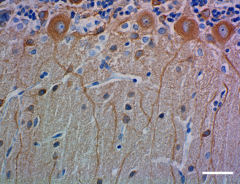
| Cat # | Size | Price | Quantity Check Availability | Save | ||
|---|---|---|---|---|---|---|
| 802001 | 100 µL | £297 | ||||
Tubulin is the main component of microtubules. In adults, tubulin beta 3 (TUBB3) is primarily expressed in neurons and is commonly used as a neuronal marker. It plays an important role in neuronal cell proliferation and differentiation. Mutations in this gene cause congenital fibrosis of the type 3 extraocular muscles. Tubulin beta 3 (TUBB3) is also found in a wide range of tumors. Studies indicate that it is a predictive and prognostic marker in various tumors.
Product DetailsProduct Details
- Verified Reactivity
- Human, Mouse, Rat
- Antibody Type
- Polyclonal
- Host Species
- Rabbit
- Immunogen
- This antibody was raised against microtubules derived from rat brain.
- Formulation
- Phosphate-buffered solution + 0.03% Thimerosal + 50% Glycerol.
- Preparation
- The antibody was purified by affinity chromatography.
- Concentration
- 1.0 mg/ml
- Storage & Handling
- Store between 2°C and 8°C.
- Application
-
IHC-P - Quality tested
WB - Verified
ICC - Reported in the literature, not verified in house - Recommended Usage
-
Each lot of this antibody is quality control tested by formalin-fixed paraffin-embedded immunohistochemical staining. For immunohistochemistry, a concentration range of 0.1 - 0.5 µg/mL is suggested. For Western blotting, the suggested use of this reagent is 0.1 - 0.5 µg/mL. It is recommended that the reagent be titrated for optimal performance for each application.
- Application Notes
-
Additional reported applications (for the relevant formats) include: immunocytochemistry (ICC).
This antibody is well characterized and highly reactive to neuron specific Class III ß-Tubulin (ßIII), but does not identify ß-tubulin found in glial cells. This product may contain other non-IgG subtypes. -
Application References
(PubMed link indicates BioLegend citation) -
- Feuer R, et al. 2005. J. Neurosci. 25(9):2434-44.
- Mozzetti S, et al. 2005. Clin. Cancer Res. 11(1):298-305.
- Feuer R, et al. 2003. Am. J. Pathol. 163(4):1379-93.
- Zhang XM, Yang XJ. 2001. Development. 128(6):943-57.
- Ma M, et al. 2012. Neurobiol Dis. 56:34. (WB) PubMed
- Tseung G, et al. 2011. J. Virol. 85:5718. (IF) PubMed
- Shimada IS, et al. 2012. J Neurosci. 32:7926. (IHC) PubMed
- Flores-Otero J, et al. 2007. J. Neurosci. 27:14023. (IF) PubMed
- Product Citations
-
- RRID
-
AB_2564645 (BioLegend Cat. No. 802001)
Antigen Details
- Cell Type
- Mature Neurons, Neural Stem Cells
- Biology Area
- Cell Biology, Neuroscience, Neuroscience Cell Markers, Stem Cells
- Molecular Family
- Microtubules
- Gene ID
- 10381 View all products for this Gene ID
- UniProt
- View information about Tubulin beta-3 on UniProt.org
Related Pages & Pathways
Pages
Other Formats
View All Tubulin β-3 (TUBB3) Reagents Request Custom Conjugation| Description | Clone | Applications |
|---|---|---|
| Purified anti-Tubulin β-3 (TUBB3) | Poly18020 | IHC-P,WB,ICC |
Customers Also Purchased
Compare Data Across All Formats
This data display is provided for general comparisons between formats.
Your actual data may vary due to variations in samples, target cells, instruments and their settings, staining conditions, and other factors.
If you need assistance with selecting the best format contact our expert technical support team.

 Login / Register
Login / Register 








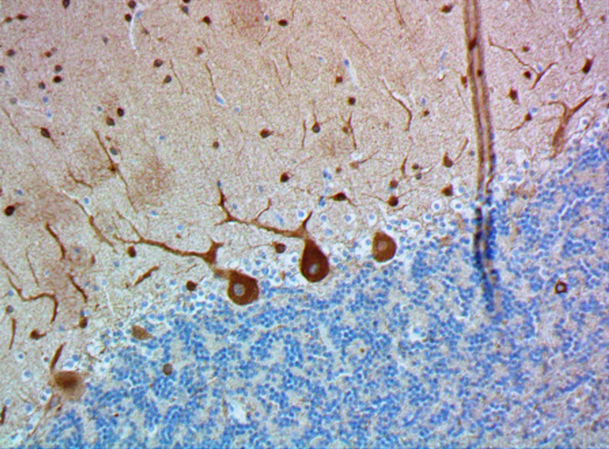
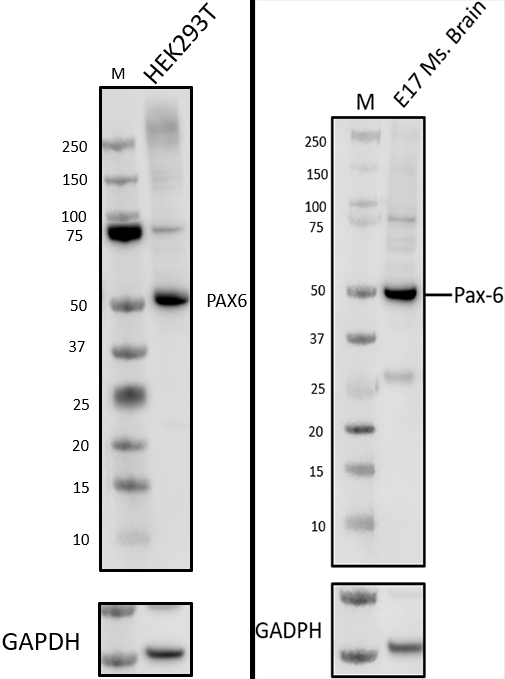

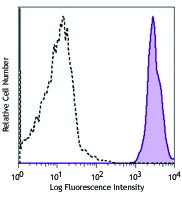
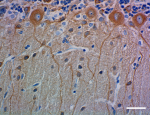
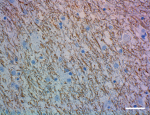
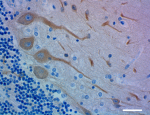
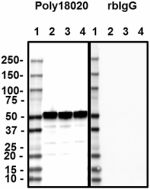







Follow Us